Transverse Ligament Stress Test:
- This Transverse Ligament Stress Test is applied to the clinic to check cervical instability.
- This Transverse Ligament Stress Test is applied by to doctor or therapist when the patient is compline about the neurological symptoms in the hand.
- This Transverse Ligament Stress Test is applied to examine part of the assessment of the cervical spine.
What is the Purpose of the Transverse Ligament Stress Test?
- This Transverse Ligament Stress Test is used to check the hyper mobility of the atlantoaxial articulation.
How do you perform of the Transverse Ligament Stress Test?
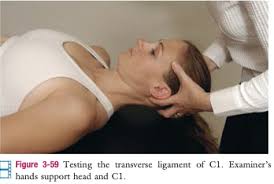
- The patient lies supine with the examiner [ therapist ] supporting the occiput with the palms & the third, fourth,& fifth fingers.
- The examiner [ therapist ] places the index fingers in the space between the patient’s occiput & c`2 spinous process so that the fingertips are overlying the neural arch of C1.
- The head & C1 are then carefully lifted anteriorly together, allowing no flexion or extension.
- This anterior shear of the vertebra is normally resisted by the transverse ligament.
- The position of the test is held for 10 to 20 seconds for to symptoms occur, indicating to the positive test.
- The test indicates hyper-mobility at the atlantoaxial articulation.
- Kaale et al. advocated doing the test by stabilizing C2 from the front of the neck with the fingers pressed against the anterior aspect of the side of the transverse process on one side & thumb in the same position on the opposite side of C2.
- Do not choke the patient.
- The examiner’s other hand is similarly placed on the posterior aspect of the transverse process of C1 & against the inferior part of the occiput.
- C1 pressed forward while C2 is pressed backwards testing the translation of the dense of the atlas.
What are the symptoms when the patient is the recurrence of the positive test?
- Eye twitching/nystagmus
- Muscle spasm
- Paresthesia of the lip face or limb
- Nausea
- Soft end-feel
- Dizziness
- Lump sensation in the throat
- Abnormal pupil response
What is Evidence of the Transverse Ligament Stress Test?
- A study
- Which is described by Kaale et al. in 2008 it shows the diagnostic accuracy of the Transverse Ligament Stress test
- Sensitivity of the Transverse Ligament Stress test = 65%,
- The specificity of the Transverse Ligament Stress test =99%,
- Predictive values of the Transverse Ligament Stress test = 0.97,
- Positive likelihood ratios of the Transverse Ligament Stress test = 51.44
- The negative likelihood ratio of the Transverse Ligament Stress test = 0.35.
- The predictive value & positive likelihood ratios of the transverse ligament test are found to be sufficient.
- A study
- Which is described by Hutting N et also that the specificity of the Transverse Ligament Stress Test is = sufficient, which means the test is used to rule in patients with upper cervical spine instability.
- However, the Sensitivity of the Transverse Ligament Stress Test is = low which means that it the insufficient for detecting the upper cervical spine instability.

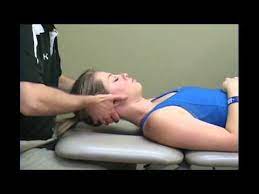

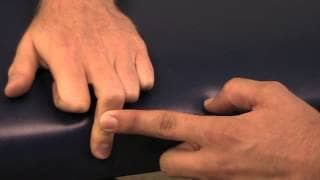
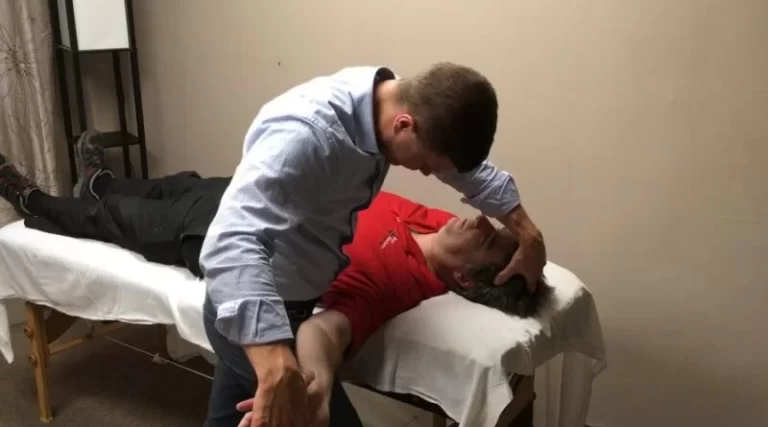

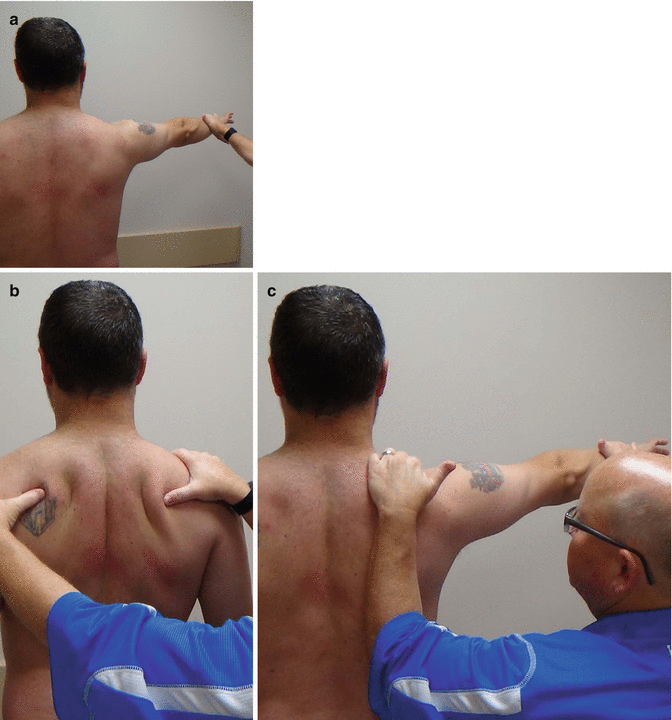
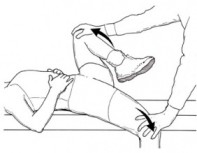
One Comment